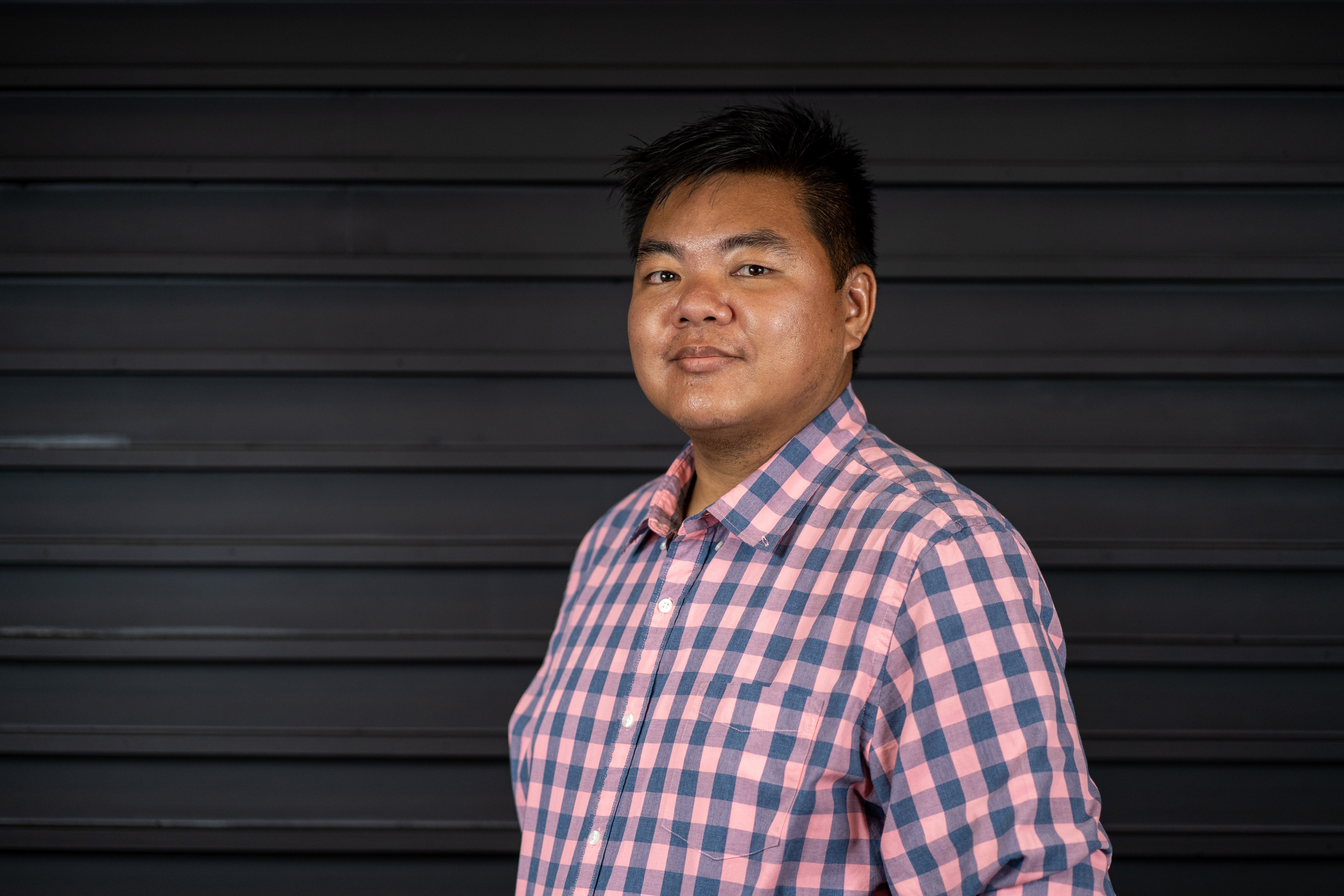Are You Putting Your Data to Good Use?
Senior living communities gather a wealth of resident data daily, from health and mobility updates to behavioral trends and medication schedules. This data has the potential to transform care delivery—but only if it’s put to good use.
You may already have systems in place for data collection, but without tools to analyze and act on that information, critical opportunities for proactive care can slip through the cracks. Care teams are left reacting to problems rather than staying ahead of them, which impacts resident well-being, caregiver morale, and operational efficiency.
If this sounds familiar, you’re not alone. The key challenge for senior living care teams is finding intuitive technology that simplifies their workflows and makes data actionable—without adding unnecessary complexity.
Does Your Current System Empower Your Care Team?
To understand whether your community’s current technology is meeting your needs, ask yourself these questions:
- Are you able to identify subtle resident health or behavioral changes before they become critical issues?
- Does your system reduce the documentation burden on caregivers or add to it?
- Can your care team easily prioritize tasks and deliver timely, personalized support?
- Is your platform intuitive enough for new staff to use effectively with minimal training?
If your answer to any of these questions was no, you may be missing opportunities to leverage your data to provide better care.
Is it Time to Move to a Modern EHR?
Modern EHR platforms can analyze resident information in real-time to uncover patterns and potential risks, empowering care teams to intervene early and improve outcomes.
Examples:
- Preventing Medication Errors: Imagine a resident with multiple medications scheduled for different times of the day. A modern EHR can remind care staff of the exact dosage and time for each medication, reducing the risk of errors and ensuring the resident receives the correct treatment.
- Efficient Shift Changes: At the start of a new shift, a caregiver can quickly review the EHR to see a summary of each resident's recent activities, medications, and any significant changes in their health. This ensures a smooth transition between shifts and allows caregivers to prioritize their tasks effectively.
- Reduced Paperwork for Busy Staff: Instead of spending valuable time filling out paper forms, caregivers can use a modern EHR to document resident care electronically. This streamlines documentation, reduces errors, and frees up more time for providing high quality care.
- Data-Driven Decisions for Better Care: By analyzing data from the EHR, a community can identify trends, such as an increase in falls during a particular time of day or a pattern of medication errors. This information can be used to implement custom interventions, such as adjusting staffing levels or providing training to improve resident safety and well-being.
Fynn is a modern EHR that was purpose-built to equip your care team to provide better care. Communities using Fynn see an average increase in resident length of stay by 3-5 months. Why? Because proactive, data-driven care leads to happier, healthier residents.
See Fynn in action: Schedule a free demo!


%2520(1).jpeg)








